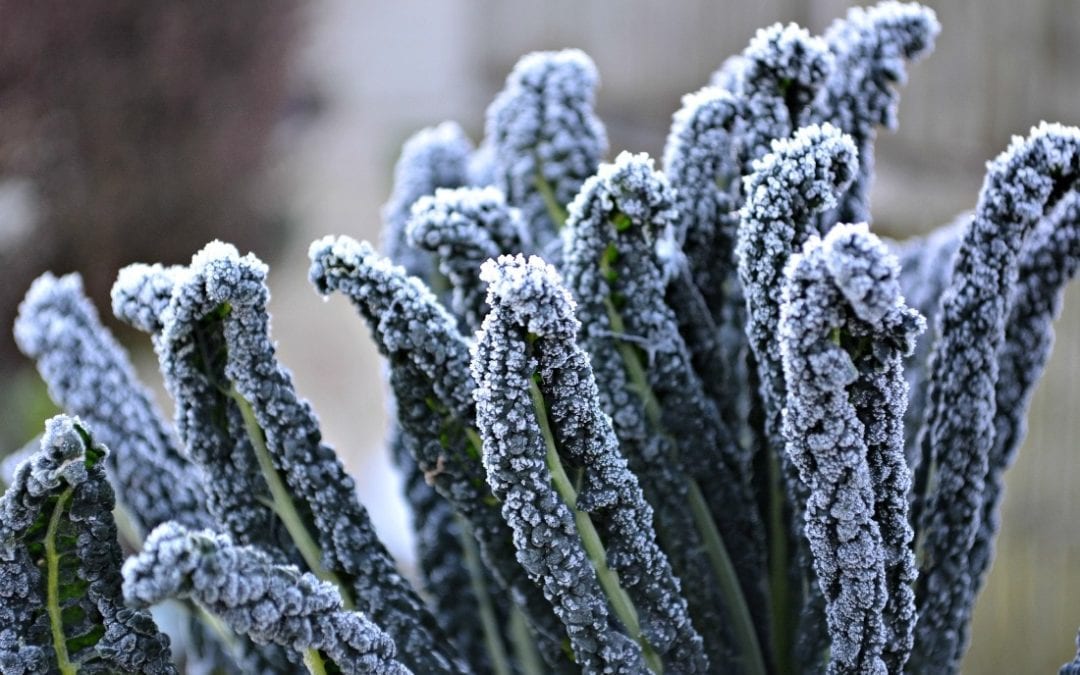Once the heat of the Dog Days begins to wane, I start thinking about how to slow down my gardening. This time of year tends to bring out the harvester in all of us. But we usually don’t experience a first frost until mid-October, so there is plenty of time to plant second crops of many of our favorite veggies. Seeds will germinate quickly as the soil is already warmed. I’ve found that the trick is to look for vegetable crops that thrive in the inevitable cooler weather and varieties that have short maturation times.
As is often the case in any worthwhile activity, there are a few tips that will help you be more successful. First, make sure that you pull any of the veg you have already planted as soon as is past its prime, and replant it with something new. This way you can use all of your space, even those little sections where a cucumber succumbed to powdery mildew or a cilantro went to seed. So fork in a bit of compost, rake the area smooth and sow a seed or two.
Next, think about screening the sun while the seeds are germinating. Even though the soil is warm, late summer sun can dry the surface quickly. You can fashion protective hoops with wire coat hangers and a length of floating row cover. This will also protect young plants from the blustery fall winds and frosty mornings that are sure to come.
If you’re interested in planting this extra crop, don’t delay. I like to add an extra week or so to those days to harvest that you’ll find on the back of the seed pack. Days are getting shorter and plant growth rates are a little slower. If you get into your garden this weekend, you’ll have about 65 days to work with.
Finally, choose the right crops. Didn’t have time to get those melon or pepper seeds into the ground this spring? Sorry, this is not the time for warm weather-loving plants. Pop that seed pack into a plastic zipper bag and stow it in the refrigerator for next year. You still have plenty of choices, though. Carrots, beets, radishes, and any kind of salad green will thrive. Give varieties of peas and kale with short maturation times a try. The kale especially, will laugh at a light frost. Spinach, too. And though most brassica crops should have been sown by mid-July, you’ve got a fighting chance with non-heading varieties of brassicas like broccoli rabe.
You might be wondering about the term short maturation. It’s pretty easy to figure this out. Simply check the back of your seed envelopes for the days to harvest. Add the couple of weeks that I mentioned earlier to compensate for the slowing effect of the season. Then count backwards from October 15th. For instance, Dwarf Blue Curly Kale matures in 55 days. With the added days, you’re at 62-69. And that’s more than enough time to ensure many delicious kale salads this fall.

